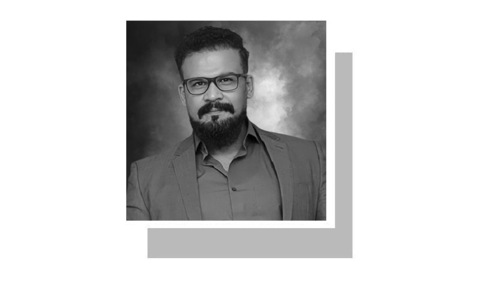MOST of those paying tributes to Nelson Mandela are focusing on his qualities that they themselves hold precious and thus they present a variety of portraits. But he was a greater person than the aggregate of his qualities and achievements.
No comment on Mandela’s life is complete without reference to his 27 years in prison, his release and his becoming the first black president of South Africa. But there was much in his life, between these milestones, that should be of interest to students of politics and social change.
When the 46-year-old Mandela told the court in 1964 of “his ideal of a democratic and free society in which all persons live together in harmony and with equal opportunity”, an ideal for which he was prepared to die, he mentioned his ideal and not the means. For he was changing from a hardline champion of the use of force into a man of peace. It may be useful to recall Mandela’s years as a militant revolutionary, or as a “terrorist” as Mrs Thatcher and other priests of reaction called him.
The African National Congress (ANC), Mandela’s political alma mater, was wedded to non-violence. Mandela argued that after the failure of a prolonged non-violent struggle a change of tactics was necessary.
In 1961, he formed, independently of ANC, an organisation called Umkhonto to carry out acts of sabotage. The resolution embodying this change of strategy is a remarkable manifesto of armed struggle, a concept that has been thoroughly vulgarised in recent years. Sabotage was to be directed at government installations only and no human life was to be threatened. A few acts of sabotage were indeed carried out.
Subsequently, Mandela visited several African countries to seek support for his military operations and took part in the training of his soldiers by the Algerian veterans of guerilla war.
How did Mandela return to non-violent struggle and become an apostle of peace, tolerance and reconciliation? He has himself given a detailed account of his long walk to freedom but perhaps the main factor of change in his outlook was the power of the international opinion that began to side with the African youth.
While the leading powers resisted the Third World’s demands for sanctions against the apartheid regime, except for its ouster from the world of sports, public demonstrations across the world in support of the prisoner on Robben Island broke the back of racist hardliners.
The adoption of a new political creed accompanied Mandela’s all-round development. As he viewed the barren landscape of Robben Island he rediscovered his love for the natural flora and fauna of his land and the beauty of its folklore. He further developed his method of formulating his views before making any statement; fiery rhetoric was replaced with a persuasive narrative.
He also learnt to cherish the support of his comrades and to suffer bereavement and betrayal with quiet dignity. A huge capacity to bear hardship, including quarrying of stone from a hard rock and the frustrating task of concealing his writings, enabled him to reject freedom on a half-ticket and to hold on till the apartheid regime saw no escape from capitulation.
Further he developed his creed of forgiveness and fair play; he was mortified to see a young warder exposing himself to punitive action by being kind to a prisoner. (Later on he would ask his prison tormentors to tea in a supreme gesture of reconciliation.)
The position he had acquired by peaceful defiance of tyranny enabled him, after release from custody, to lay the foundations of a democratic South Africa. He devised new strategies, such as the Truth and Reconciliation Commission, to unify the black population of South Africa and unite them with the whites, and thus avert a widely feared civil war. Stepping down from the office of president after one term only he again set a noble example of freedom from lust for power.
Within a few years he succeeded in instilling in the dark-skinned Africans, not only of his country but the whole world, a sense of equality and pride in their capability they had not had for several thousand years. Of course, he had some forerunners but to him fell the credit of defining the new African identity, an achievement unparalleled in history.
While extolling Mandela’s greatness and his achievements some commentators have mentioned his failure to train successors worthy of maintaining his record of sagacity, austerity and integrity. But how could Mandela develop a good cadre from his prison cell?
While his stature grew his party barely survived. He was a general with a few comrades but without troops worth the name. Now that he is gone his people may realise the need for new leaders, honest and capable enough to lead them out of the present uncertainties.
Mandela is also criticised for not bringing about a socio-economic revolution along with his political triumph, especially for accepting a compromise that left the whites free to enjoy their wealth and to augment it. The question is: did Mandela have the means to usher in the kind of a revolution that was expected? Surprisingly some of the critics do not dispute the theory that politics is the art of the possible.
The answer to both these questions will have to wait until it is realised that all revolutions in history only opened the way to change that did not always follow. The last word on Mandela revolution will be said only after we have understood the end of France’s republican revolution in an upstart monarchy, the collapse of the Russian revolution after only seven decades and China’s courtship of world capital.











































